Last Updated on November 9, 2020
Hunger cry: if your baby starts crying slowly that moments after escalates to a hysterical one, that’s his hunger cue. The initial moments of the cry are very similar to the calling cry, but it will become louder and won’t stop until you feed your baby. They will also start rolling their heads in an attempt to reach a breastfeeding position. You can tell your baby is still hungry after breastfeeding if they keep fussing about it. Physiological cry: when babies are uncomfortable due to gas, urine, or poop, they will quickly let you know with a “whining” and squeaking cry. It’s time to change their diaper or give them a gentle massage to help get the gas out. Lastly, if your baby yawns in between his crying, he most certainly needs to sleep. This is often followed by a rub of eyes and ears. These are the most common types of cries, but of course, your experience with your baby may vary. The other two ways babies use to communicate are related to sound and movement.We offer great advice and useful tips from experts on how to feed your baby/kid, how to behave around and with them, how to build their personalities, how to protect their physical and mental health, and more. Our purpose is to guide you out of fear and uncertainty into a brighter and healthier life for your little family
Contact us: contact@mykidslivesafe.com
POPULAR CATEGORY
© Copyright 2021, My Kids Live Safe






























